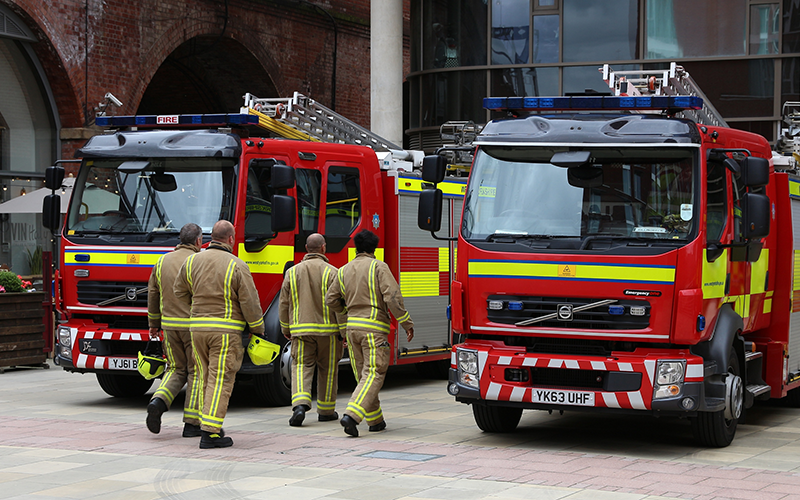Are we through the first quarter of 2023 already? Its been a busy quarter for health and wellbeing. Here are some of our highlights from Q1.
“Wellbeing washing” article by IOSH Research Programme Lead, Dr Karen Michell. Where employers talk a good game when it comes to worker care and well-being but fails to go beyond offering superficially good-looking benefits that don’t actually address the fundamental elements of what makes their workers feel content. How often do we see this in construction? CLICK HERE to read the article.
A news story in the national media in January has said that up to 12 firefighters who helped to tackle the Grenfell Tower blaze in June 2017 have since developed terminal cancer. The report in the Mirror said that around a dozen firefighters, some aged only in their 40s, are suffering with rare cancers. The majority of these are believed to be incurable digestive cancers and leukaemia, which are being linked to high levels of exposure to carcinogens during the Grenfell rescue effort. Do we even consider the impact of a catastrophic fire in our design? CLICK HERE to read the article.
At CHW LTD, we work with a number of clients on fatigue management. This article was particularly interesting – Ryan Exley asks you to reflect on your own organisation. Do you believe that all working hours are captured correctly? Is there more we can do to assist with the Working Time Directive to ensure everything is captured? Finally, if you commonly use the term ‘over and above’ just consider the impact that it may have on your workers and also the wider implications.
Mental health in construction: building the next storey, from the British Safety Council – an interesting reflection on the rising suicide rates in the industry, and how, when it comes to mental health, the job is never done, we all need to continually work to be better. CLICK HERE to read.
And if you aren’t already subscribed to the Working Minds bulletin from the HSE (it’s worth subscribing to), here is an article on the difference between business and individual level approach to preventing work-related stress.
Finally, the results of the world’s largest-ever four-day workweek trial were published, indicating a host of positive impacts on employee wellbeing and organisational revenue.
What works wellbeing, reflected on the research and as an organisation that promotes evidence-based practice, (like us), they said:
“Based on the evidence, we know that job quality matters for wellbeing, so it’s reasonable to assume that changes to work patterns may have wellbeing benefits. But how much confidence can we have in the report’s claims?
Understanding whether a four-day week makes a difference is an important question for the future of work, and one we should continue to interrogate.
It’s critical that we improve the quality of evidence by asking if interventions work, how effective they are, for how long, and for whom, and whether they meet the cost-effectiveness threshold. This remains the case across public, private and civil society sectors”.
We hope you found this round-up useful. To learn more about Health & Wellbeing within the construction industry, and how to take better care of your workforce, check out our other blogs here.



